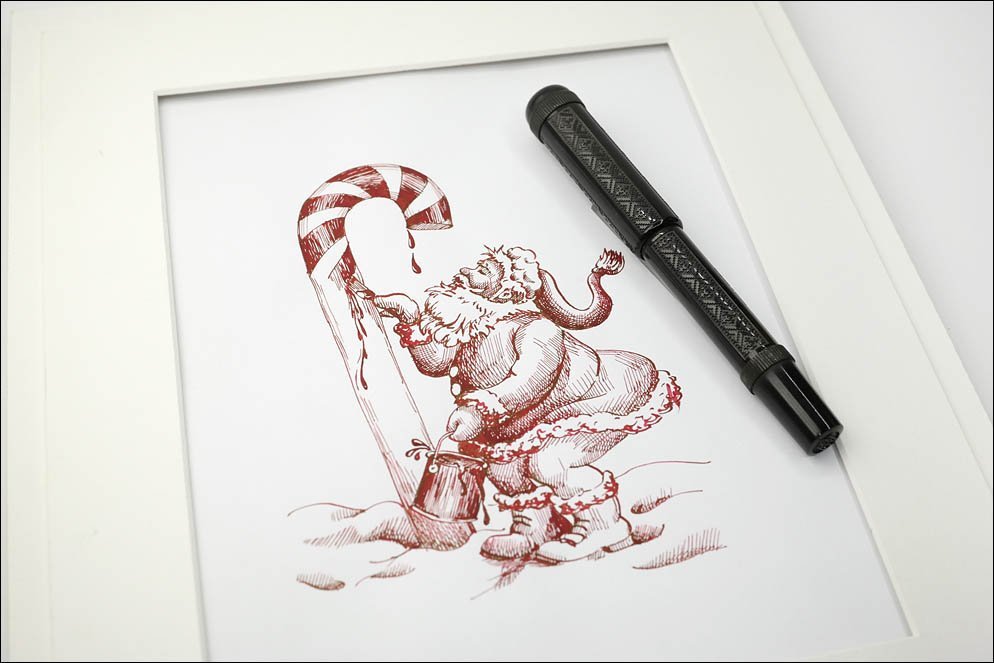Modern Ink To Write On Old Parchment - Diamine Registrar's?
-
Forum Statistics
354.6k
Total Topics4.6m
Total Posts -
Member Statistics
127,622
Total Members4,236
Most OnlineNewest Member
beefobrady04
Joined -
Images
-
Albums
-
Andrew Lensky Arts
- By Andrew_L,
- 0
- 17
- 26
-
Post related
- By Penguincollector,
- 49
-
Paper products
- By A Smug Dill,
- 3
- 41
-
GlenV
- By GlenV,
- 0
- 2
- 70
-
USG 6
- By USG,
- 0
- 0
- 42
-












.thumb.jpg.f07fa8de82f3c2bce9737ae64fbca314.jpg)



.thumb.jpg.331e554113c33fb39d5bf3233878978a.jpg)





Recommended Posts
Create an account or sign in to comment
You need to be a member in order to leave a comment
Create an account
Sign up for a new account in our community. It's easy!
Register a new accountSign in
Already have an account? Sign in here.
Sign In Now